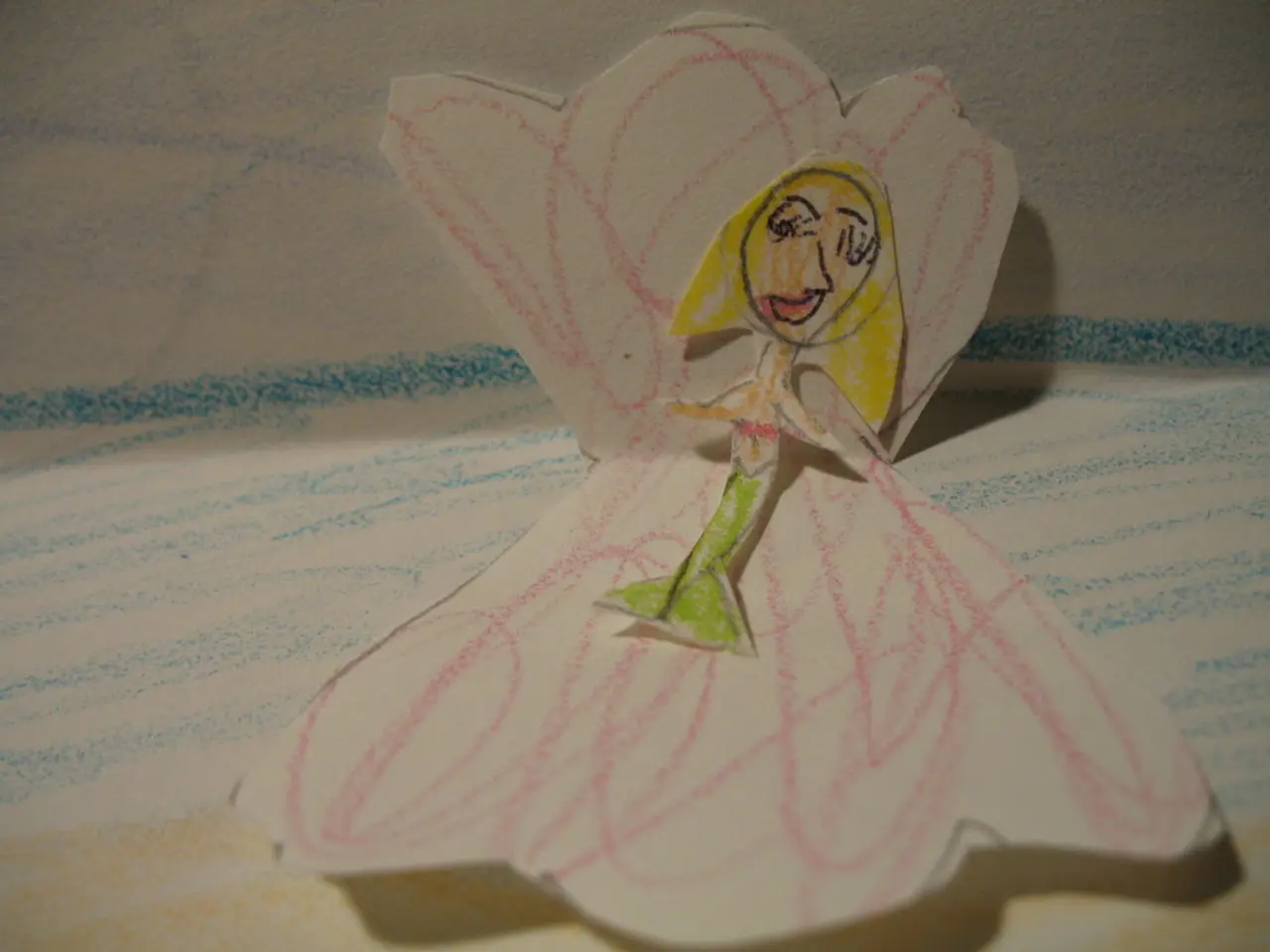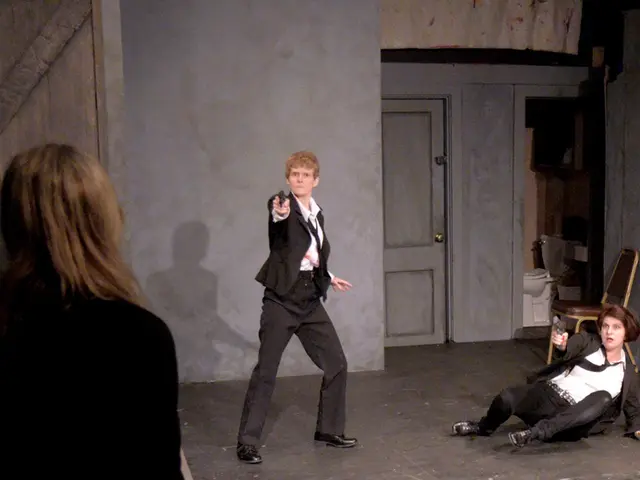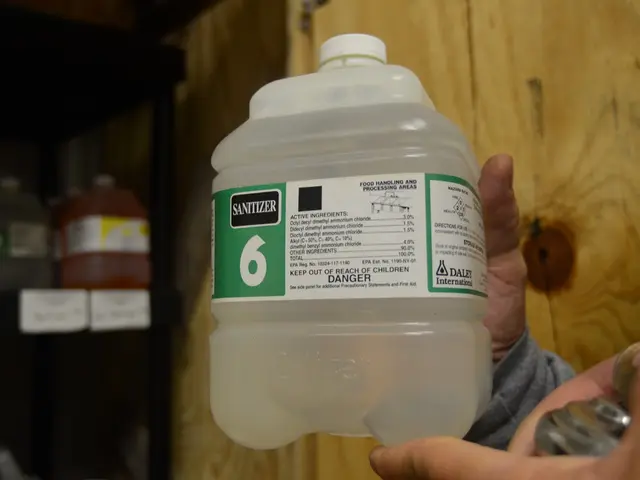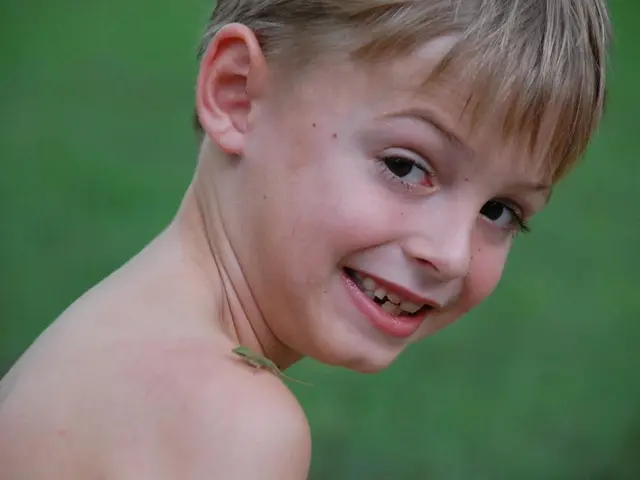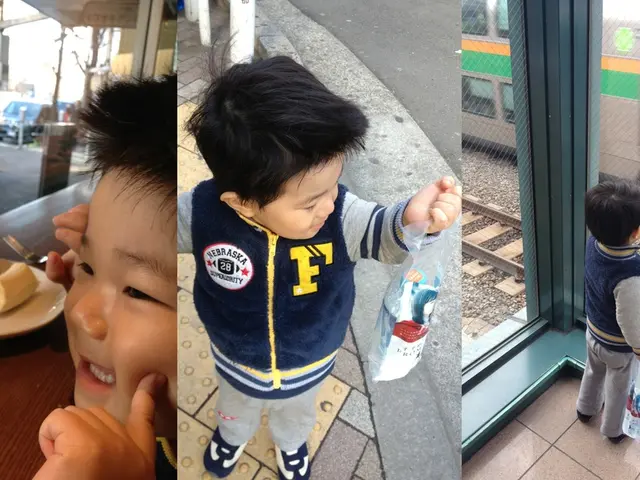Life of an Artist Navigating Bipolar Disorder
In the dynamic and competitive landscape of the art world, many artists face psychological challenges and environmental stressors that can potentially contribute to the emergence of mood disorders like bipolar disorder.
Psychological Challenges for Artists --------------------------------------
The emotional intensity and sensitivity that characterise many artists can predispose them to emotional extremes, such as depression and mania. Their heightened creativity, coupled with an unfiltered mindset, allows them to create deeply evocative works but may also increase the risk for psychosis and mood instability.
Artists frequently face pressure to innovate, meet deadlines, and satisfy public or commercial expectations, which can be stressful and destabilizing. Creative professions often involve irregular work hours, sleep disturbances, and exposure to substances, all of which can trigger mood episodes in vulnerable individuals.
Moreover, many artists work in isolation, which can exacerbate feelings of loneliness, depression, and anxiety, further contributing to mood instability. Chronic stress, combined with substance use as a coping mechanism, can worsen or trigger episodes of mania or depression in those predisposed to bipolar disorder.
How These Challenges May Contribute to Bipolar Disorder --------------------------------------------------------
The so-called “artistic temperament” is linked to mood fluctuations and emotional volatility. Traits such as thinking rapidly, being charismatic, and having bursts of creativity can resemble hypomanic or manic states, and some research suggests these traits are more common among artists.
Artists with low latent inhibition may become overstimulated by their environment, increasing vulnerability to mood swings and, potentially, to developing bipolar disorder if other risk factors are present.
Summary Table -------------
| Challenge | Potential Contribution to Bipolar Disorder | |-----------------------------------|-----------------------------------------------------| | Emotional sensitivity | Heightened risk for mood instability | | Low latent inhibition | Increased environmental overstimulation | | Pressure to perform | Stress-induced mood episodes | | Irregular lifestyle | Sleep disturbance, substance use, mood destabilizing| | Social isolation | Exacerbation of depression and anxiety |
Key Takeaways -------------
While artistic creativity itself is not a cause of bipolar disorder, the psychological environment and traits common among artists can create a fertile ground for the emergence or worsening of bipolar disorder in predisposed individuals. The competitive and stressful environment of the art world can lead to feelings of inadequacy, self-doubt, and eventually, the onset of bipolar disorder.
The ephemeral nature of success in the art world can be discouraging and emotionally exhausting. The demands of an artist's profession can negatively impact personal relationships and lead to feelings of isolation.
However, seeking professional help, maintaining a healthy lifestyle, and finding support within the art community can aid in managing and addressing bipolar disorder. Experiencing intense peaks of success can be exhilarating but can also lead to anxiety, exhaustion, and self-questioning.
Artists, known for their creative and sensitive nature, may face increased mental health risks, such as mood instability due to their work conditions and the emotional intensity that characterizes their profession. This mental health vulnerability could potentially contribute to the development of conditions like bipolar disorder. In the health-and-wellness and mental-health realms, encouraging a balance between work and self-care, as well as seeking professional help when needed, can be crucial for addressing these issues and fostering overall well-being.
